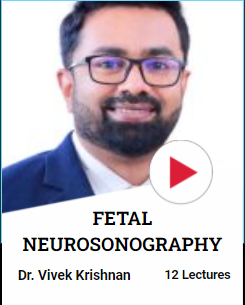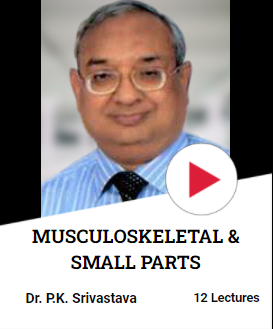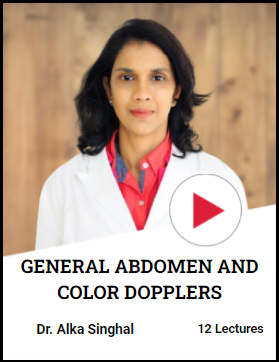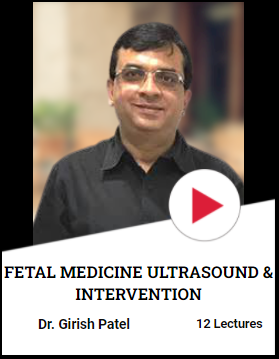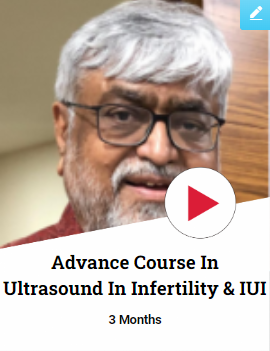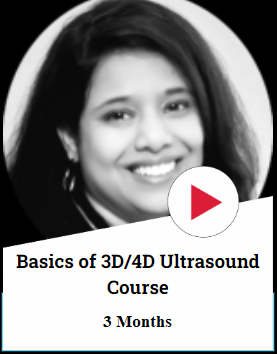Ultrasound is the process of using high-frequency sound waves to develop images of the inner parts of the body. Ultrasound uses sound frequencies ranging from 2 to 15 MHz and sometimes higher frequencies. Ultrasound is done using a transducer that converts one energy into another, electrical pulses to sound waves. It is a non-invasive procedure and the safest procedure that uses nonionized sound waves that travel through different tissues in the body. The electricity charge is the Piezoelectricity that forms the Ultrasound wave. The base of the image acquisition is the pulse-echo principle. The machine must read every returning soundwave to produce the exact image of the inner body parts. Abdominal Ultrasound is done to identify any of the diseases namely, blood clots, enlarged organs, fluid in the abdominal cavity, gallstone, hernia, pancreatitis, kidney stone, liver cancer, and more.
Did you know there are different kinds of probes for each ultrasound imaging? Learn more about ultrasound with Onelearning.
When it comes to Abdominal Ultrasound it is important to know the principles. The transducer to be used has to be too accurate for the kind of Ultrasound to be done. There are three kinds: Curved, micro convex-curved, and linear array. And each of these kinds has different features like curved and Microconvex- curved transducers are used to travel deep into the tissue to cover more distance between lines of the soundwaves. With a linear array transducer, the lines of crystals are oriented perpendicular to the probe interface. This is important to know because the organs lie deep in the abdominal cavity and the medical
professionals can differentiate between the vascular and nonvascular structures. The probes need to be placed at a particular angle for accurate results.
Onelearning experts will teach you all about probes/transducers. Join today!
To view the organs in the abdominal cavity one must follow a series of steps to ensure that the interested area or all the organs if necessary. For example, a horizontal view is required to detect the longitudinal axis of the pancreas, lineal vein, aorta, and inferior vena cava. A longitudinal view is required to scan the abdominal aorta with the coeliac trunk, left lobe of the liver. Accordingly for screening each part of the organ and the abdominal cavity as a medical professional is required to know how to move the transducer, how to correctly angle it like turning the probe to 90 degrees for horizontal view. Likewise, one of the tricks to follow is always to view in a longitudinal and transverse view to not miss out on pathologies. Whether the patient has fast before the ultrasound, the right amount of gel to use, whether the patient needs to inhale deeply for a better view, and more. These tricks, tips, and principles are taught during the Ultrasound course.
Advance your Ultrasound skills and techniques with Onelearning. Take up a course with Onelearning.
If you looking to learn or advance your Ultrasound techniques then Onelearning is the best knowledge platform. You will be taught by expert doctors in the field. These doctors have American-Canadian licenses, the course follows ARDMS standard protocols which automatically makes you eligible for applying for the American licensing exam after the course. Onelearning also offers distance learning along with full-time courses. Our courses cover the basics of imaging to advance topics that teach all the techniques, principles, and skills of Ultrasound.
Take the Ultrasound course today and learn the skills with Onelearning.


